How to Set Up a Freshwater Terrarium: Creating a Miniature Ecosystem
Are you looking for a unique and low-maintenance way to bring some greenery into your home or office? Look no further than a freshwater terrarium. A terrarium is a miniature ecosystem that can be created in a glass container, and it’s a great way to bring the beauty of nature indoors.
What is a freshwater terrarium?
A freshwater terrarium is a self-contained environment that is designed to simulate the natural habitat of plants and aquatic animals. In a freshwater terrarium, plants and aquatic animals coexist in a closed system, creating a mini ecosystem. The container can be made of glass, plastic or any other transparent material, and it can be designed to fit any decor or space.
Why create a miniature ecosystem?
Creating a miniature ecosystem is a great way to bring the beauty of nature indoors. It’s also a low-maintenance way to add some greenery to your home or office. A freshwater terrarium can be a great conversation starter and a unique piece of decor. Additionally, it can provide a sense of relaxation and calmness, as it brings a piece of the natural world into your indoor environment.
Are you ready to create your own freshwater terrarium? Follow our step-by-step guide to get started!
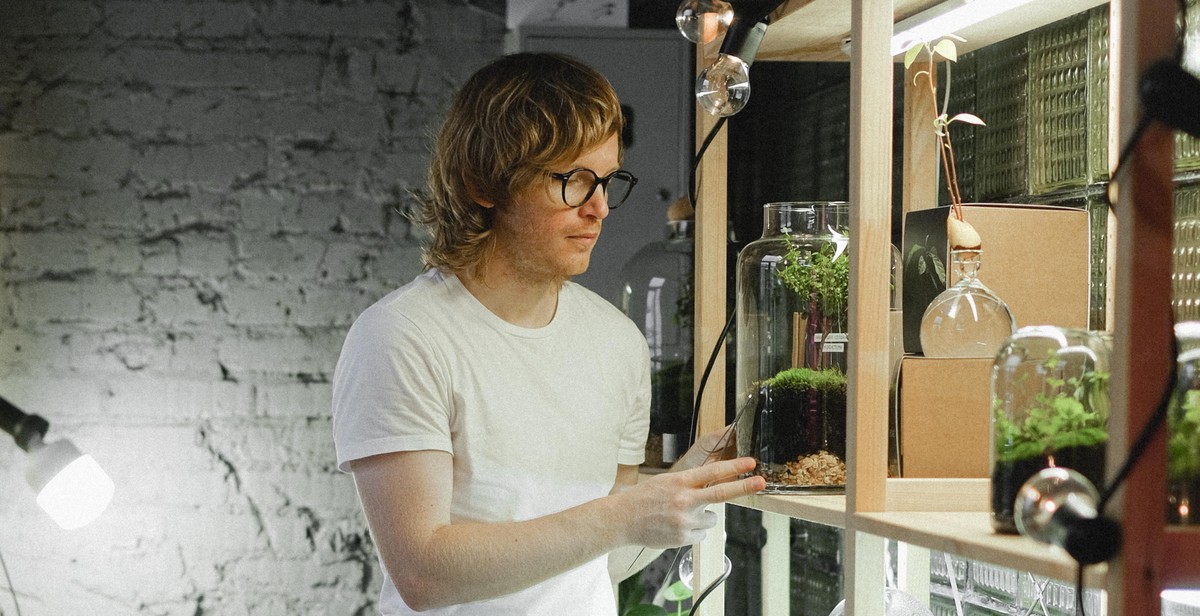
Choosing the Right Container
Choosing the right container is crucial for setting up a successful freshwater terrarium. The container you choose will determine the size and type of plants and animals you can keep, as well as the overall aesthetic of your miniature ecosystem. Here are some important factors to consider when selecting a container:
Selecting the Right Size
The size of your container will depend on the size and number of plants and animals you plan to keep. A good rule of thumb is to choose a container that is at least 10 gallons in size, but larger is always better. A larger container will provide more space for your plants and animals to grow and thrive, and will also be easier to maintain stable water conditions.
Choosing the Right Material
The material of your container will affect its durability and suitability for aquatic life. Glass and acrylic are popular choices as they are transparent and easy to clean. However, plastic containers can also be used as long as they are food-grade and don’t leach any harmful chemicals into the water.
Selecting the Right Shape
The shape of your container will also impact the types of plants and animals you can keep. A tall, narrow container may be better suited for aquatic plants that grow vertically, while a wider, shallow container may be better for plants that spread horizontally. Consider the natural habitat of the plants and animals you plan to keep and choose a container that mimics those conditions.
Choosing the Right Lid
A lid is essential for maintaining proper humidity levels and preventing escape of any animals you may keep in your freshwater terrarium. A glass or acrylic lid is recommended as it allows for proper light penetration and is easy to clean. If you choose a plastic container, make sure to choose a lid that fits securely and has proper ventilation.
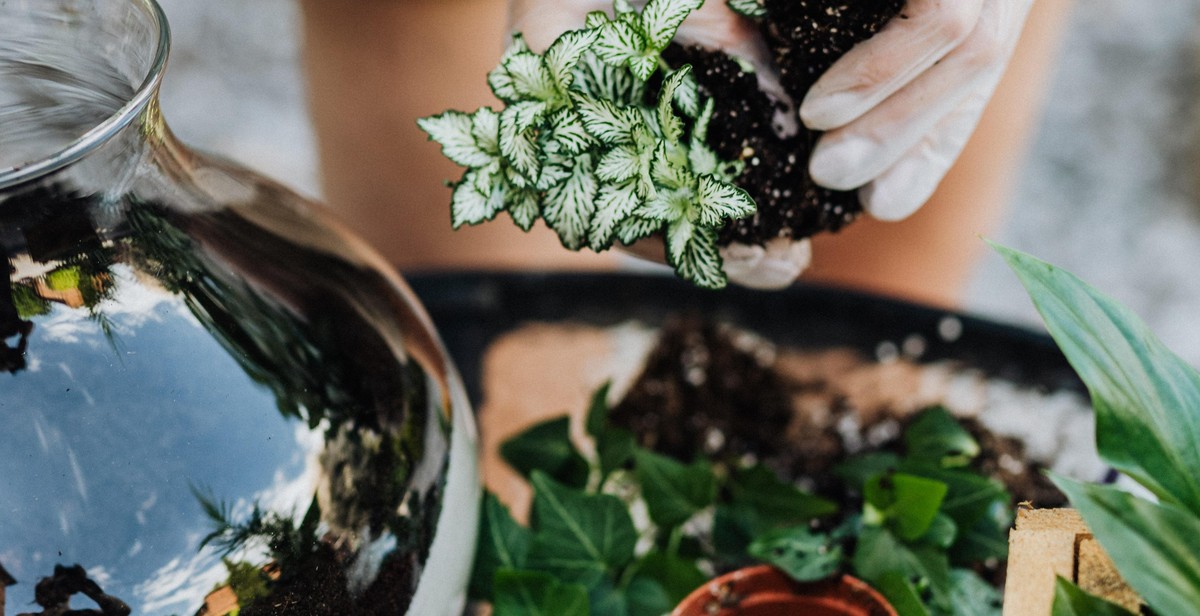
Selecting the Right Plants
Choosing the right plants is crucial for the success of your freshwater terrarium. The plants you choose should thrive in a freshwater environment and be able to grow in the confined space of your terrarium. Here are some tips for selecting the right plants:
Choose Plants that Thrive in a Freshwater Environment
Not all plants can survive in a freshwater environment. Therefore, it is important to choose plants that are adapted to living in water. Some good options include Java fern, Anubias, and Amazon sword. These plants are hardy and can tolerate a range of water conditions. They also grow relatively slowly, which means they won’t outgrow your terrarium too quickly.
Select the Right Number of Plants
It’s important to strike a balance between having enough plants to create a lush, vibrant environment and overcrowding your terrarium. The number of plants you need will depend on the size of your terrarium and the type of plants you choose. As a general rule, you want to have enough plants to cover about 50% of the substrate. This will help to keep the water clean and reduce the risk of algae growth.
Choose Plants of Different Heights and Textures
Adding plants of different heights and textures will give your terrarium depth and visual interest. Taller plants like Amazon sword can be placed in the back of the terrarium, while shorter plants like Java moss can be used to create a foreground. Mixing plants with different textures, such as smooth-leaved Anubias and feathery Java fern, will also add visual interest.
| Plant Name | Height | Light Requirements | Difficulty Level |
|---|---|---|---|
| Java Fern | 6-8 inches | Low to Medium | Easy |
| Anubias | 4-6 inches | Low to Medium | Easy |
| Amazon Sword | 12-18 inches | Medium to High | Moderate |
| Java Moss | 2-4 inches | Low to Medium | Easy |

Adding the Right Substrate
Choosing the right substrate for your freshwater terrarium is essential for creating a healthy and thriving miniature ecosystem. The substrate is the foundation of your terrarium and provides the necessary nutrients for your plants and animals to grow and thrive.
Activated Charcoal
The first layer to add to your terrarium is activated charcoal. Activated charcoal helps to absorb impurities and toxins from the water, creating a cleaner and healthier environment for your plants and animals. It also helps to prevent odors and discoloration of the water.
Sphagnum Moss
The next layer to add is sphagnum moss. Sphagnum moss helps to retain moisture and regulate humidity levels in the terrarium. It also provides a natural substrate for your plants to grow in and helps to prevent soil compaction.
Potting Soil
The final layer to add is potting soil. Choose a high-quality potting soil that is free from pesticides and other harmful chemicals. The potting soil provides the necessary nutrients for your plants to grow and thrive.
- Add a layer of activated charcoal to the bottom of your terrarium.
- Next, add a layer of sphagnum moss on top of the charcoal.
- Finally, add a layer of potting soil on top of the sphagnum moss.
Make sure to evenly distribute each layer and smooth out any bumps or uneven spots. Once your substrate is in place, you can begin to add your plants and animals to your freshwater terrarium.
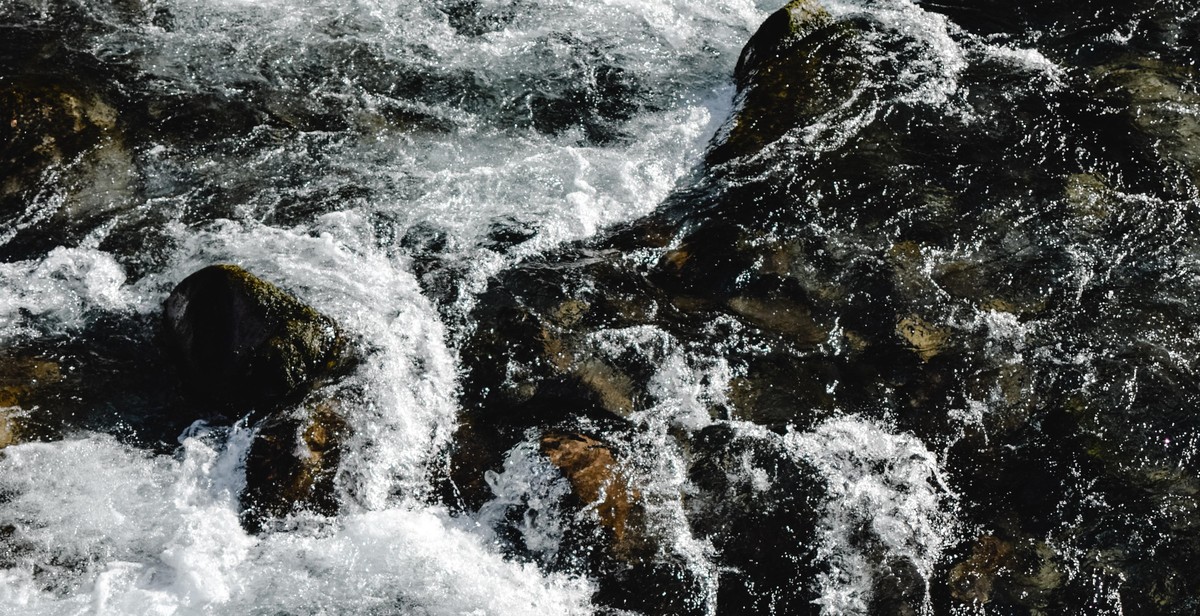
Adding Water and Filtration
Adding water to the terrarium is the first step in creating a miniature ecosystem. It is important to use dechlorinated water as tap water contains chlorine and other chemicals that can harm the plants and animals in the terrarium. You can buy dechlorinating agents from pet stores or use distilled water instead.
Selecting the right filtration system
Choosing the right filtration system for your freshwater terrarium is crucial for maintaining a healthy environment for the plants and animals. There are several types of filtration systems available, including hang-on-back filters, canister filters, and sponge filters. Hang-on-back filters are easy to install and maintain, while canister filters are more efficient and have a larger capacity. Sponge filters are ideal for smaller tanks as they are inexpensive and easy to clean.
Maintaining proper water levels
It is important to maintain proper water levels in the terrarium to ensure the plants and animals have enough water to survive. The water level should be at least 1-2 inches deep, but not too deep as it can drown the plants and animals. The water level should be checked regularly and topped up when necessary.
Cleaning the filtration system
Cleaning the filtration system is essential for maintaining good water quality in the terrarium. The frequency of cleaning depends on the type of filter used and the size of the tank. Hang-on-back filters should be cleaned every month, while canister filters can be cleaned every 3-6 months. Sponge filters should be cleaned every 2-3 weeks. It is important to follow the manufacturer’s instructions when cleaning the filter to avoid damaging it.
| Steps | Details |
|---|---|
| Adding water to the terrarium | Use dechlorinated water or distilled water to prevent harm to the plants and animals in the terrarium. |
| Selecting the right filtration system | Choose the appropriate filtration system for the size of the tank and the needs of the plants and animals. |
| Maintaining proper water levels | Check the water level regularly and top up when necessary to ensure the plants and animals have enough water to survive. |
| Cleaning the filtration system | Follow the manufacturer’s instructions to clean the filter and maintain good water quality in the terrarium. |
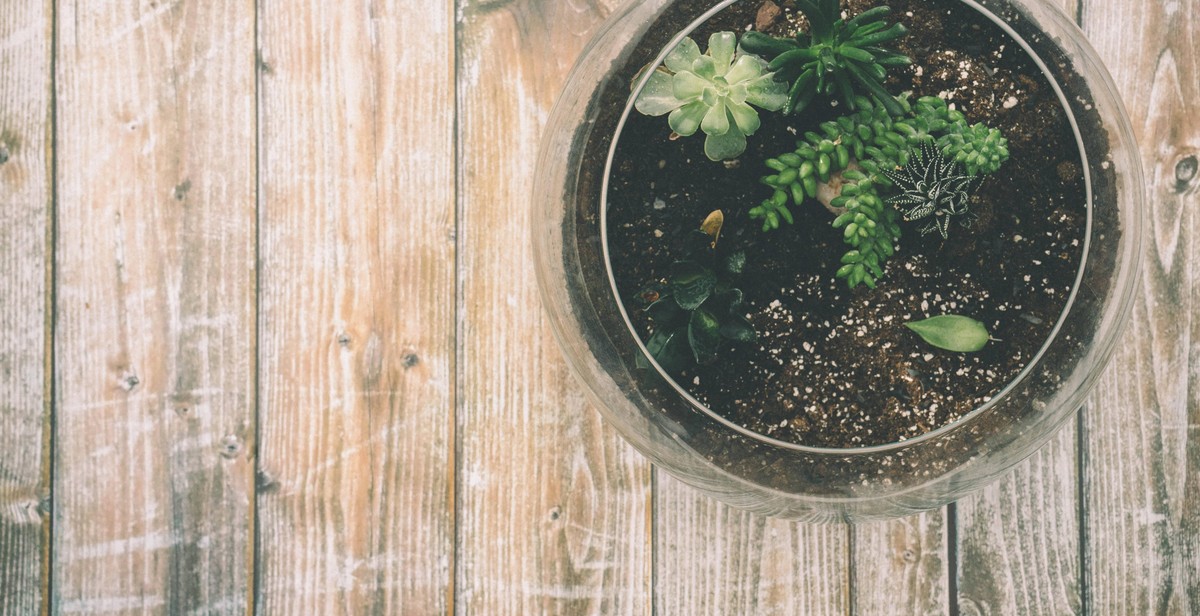
Adding Decorations
Decorations are an important aspect of setting up a freshwater terrarium. They not only enhance the visual appeal of the terrarium but also provide hiding places and resting spots for your aquatic pets. When selecting decorations, it is important to consider the needs of your plants and aquatic animals.
Selecting the Right Decorations
Choose decorations that are safe for your plants and aquatic animals. Rocks, driftwood, and caves are popular choices as they provide hiding spots and resting areas for your pets. However, make sure to clean them thoroughly before adding them to the terrarium. You can soak them in water for a few days to remove any impurities.
Choosing Decorations that Complement Your Plants
When selecting decorations, consider the plants you have in your terrarium. Choose decorations that complement the plants and create a natural-looking environment. For instance, if you have plants with broad leaves, you can add rocks or driftwood to create a natural-looking riverbed.
Avoiding Decorations that Can Harm Your Plants
Avoid decorations that can harm your plants or aquatic animals. Some decorations may release harmful chemicals into the water or have sharp edges that can damage your pets. Avoid decorations made of metal or painted with toxic materials. Also, avoid decorations with sharp edges that can harm your pets.
| Safe Decorations | Avoid |
|---|---|
| Rocks | Metal decorations |
| Driftwood | Sharp-edged decorations |
| Caves | Decorations painted with toxic materials |
Adding decorations to your freshwater terrarium is an exciting part of the setup process. By choosing the right decorations, you can create a beautiful and natural-looking environment for your plants and aquatic animals to thrive.
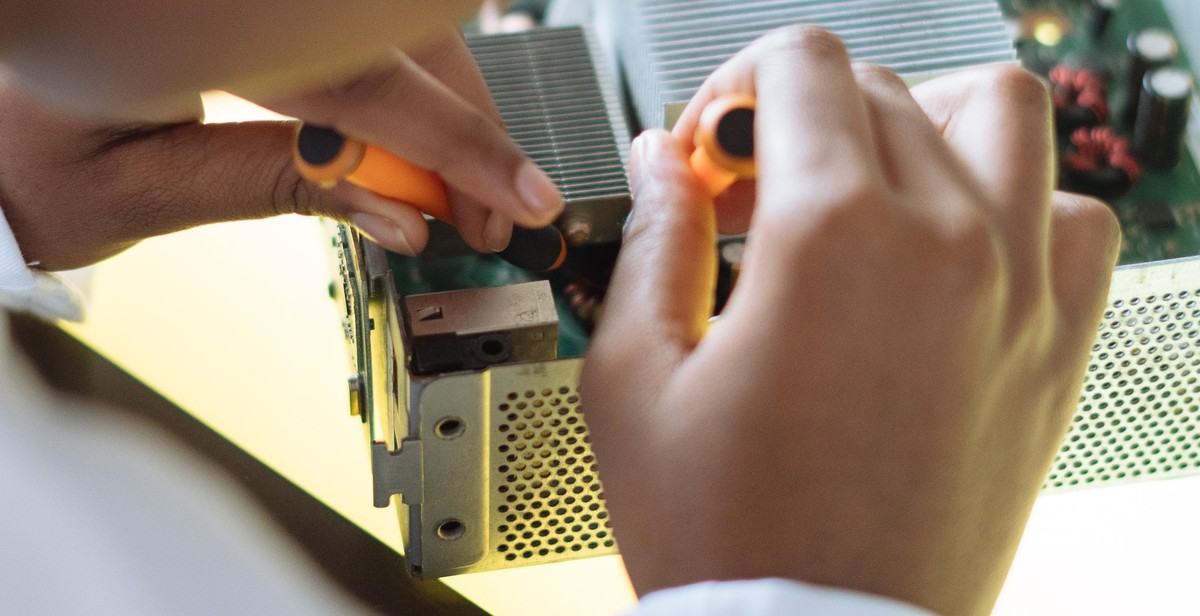
Maintaining Your Freshwater Terrarium
Once you have set up your freshwater terrarium, it’s important to maintain it properly to ensure the health and longevity of your plants and animals. Here are some tips for maintaining your freshwater terrarium:
Monitoring Water Levels and Quality
Regularly check the water levels in your terrarium to ensure that they are at the appropriate level for your plants and animals. You should also monitor the water quality by testing it for pH, ammonia, nitrite, and nitrate levels. If any of these levels are too high, you may need to adjust the water or add a water conditioner to improve the quality.
Trimming and Pruning Your Plants
Plants in your freshwater terrarium will grow over time, and it’s important to trim and prune them regularly to keep them from overtaking the container. You should also remove any dead or decaying plant matter to prevent it from affecting the water quality.
Cleaning the Container and Decorations
Regularly cleaning your terrarium container and decorations is important to prevent the buildup of algae and other debris. Use a gentle sponge or cloth to wipe down the container and decorations, and avoid using any harsh chemicals that could harm your plants and animals.
Troubleshooting Common Issues
If you notice any issues with your freshwater terrarium, such as cloudy water or sick plants, it’s important to address them promptly. Research the issue and take appropriate steps to resolve it, such as adjusting the water quality or removing any diseased plants.
- Regularly monitor water levels and quality
- Trim and prune plants
- Clean container and decorations
- Troubleshoot any issues promptly
